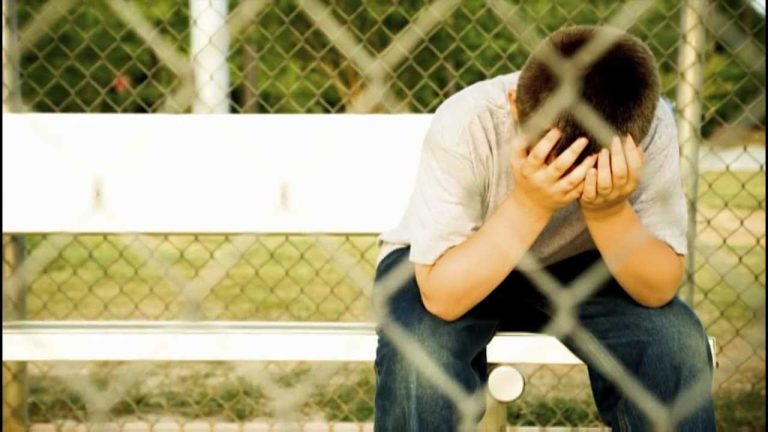Preventing and Treating Lazy Eye in Babies: An Essential Guide for Optimal Vision Care
Babies are precious little angels that require a lot of attention and care. Parenting is not an easy job, as there are various factors and issues that arise as a part of their development. Vision care is one of these important issues. One aspect of it is lazy eye, which occurs in many babies due to different reasons.
Lazy eye, also known as amblyopia, is a condition that affects the eyesight of a child during their growth period. This condition results in the lack of development and coordination of the eyes, which can cause one eye to become more dominant than the other. This is a significant issue as it can lead to reduced vision quality, and in some cases, permanent vision loss.
The Causes of Lazy Eye in Babies
The development of lazy eye in babies is generally attributed to the following factors:
- Difficulty in focusing on objects
- Developmental delay in the eyes
- Strabismus (crossed or turned eyes)
- A problem with one eye that prevents it from seeing clearly
These issues can cause the brain to receive mixed messages from the eyes, which can lead to the development of lazy eye. It’s important to note that early diagnosis of these issues can lead to proper treatment, and in many cases, the condition can be improved or rectified entirely.
Symptoms of Lazy Eye in Babies
The symptoms may not always appear obvious, but as a parent, it’s essential to look out for them. These symptoms include:
- Squinting or closing one eye
- An eye that seems to wander inward or outward
- Tilting the head to one side
- Poor depth perception
- Difficulty seeing objects clearly
Diagnosis and Treatment of Lazy Eye in Babies
The diagnosis of lazy eye begins with a comprehensive eye examination by an ophthalmologist. The ophthalmologist may prescribe a patch or special glasses that can help infants use the weaker eye, therefore improving the visual development of the brain.
In severe cases, surgery may be necessary to correct the problem. Regardless of the treatment, the earlier the diagnosis, the better the chances of the infant making a full recovery.
As parents, it’s crucial to be vigilant and proactive when it comes to your baby’s eye health. It’s essential to give them the best possible chance of developing good vision, and this begins with regular eye exams by a licensed ophthalmologist. With care and attention, lazy eye can be treated, enabling your child to enjoy optimal eyesight for years to come.
Contents
Most wanted in Hoya Vision:
What does +0.25 mean on an eye test?
What brand lenses does Costco use?
Do tinted glasses help with migraines?
Should eyeglasses cover eyebrows?
Hoya Lens Engravings
Hoya Identification Chart
Is gray or brown better for transition lenses?
What are prism eyeglass lenses?
Does hyperopia worsen with age?
What LED light is best for broken capillaries?
















